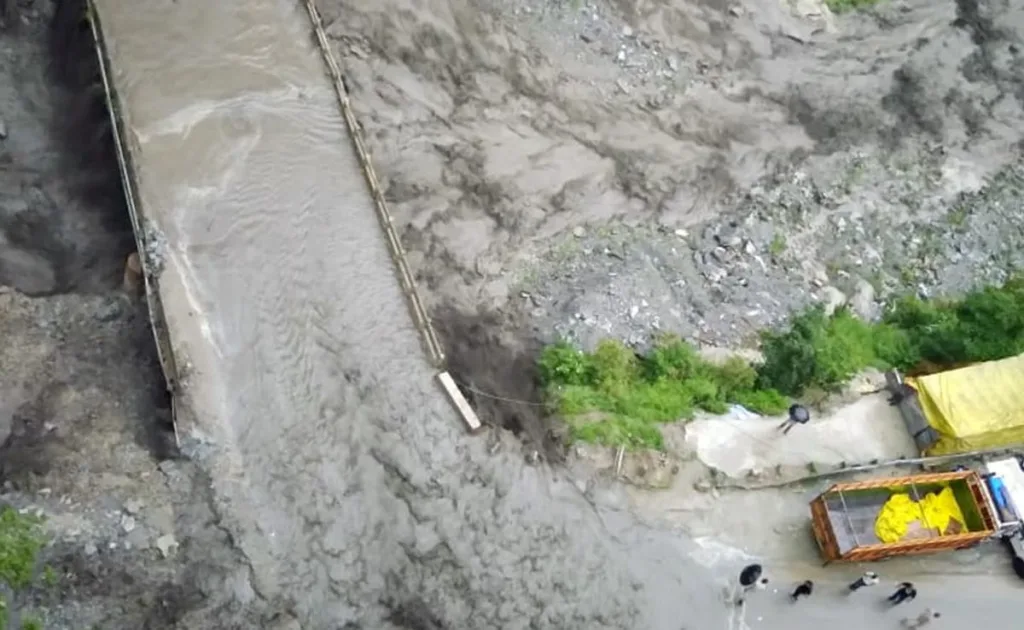The recent onslaught of flash floods and landslides in Himachal Pradesh has left a trail of devastation, rendering thousands homeless and businesses in ruins. Amid this catastrophe, the logistics sector finds itself grappling with significant challenges that threaten its growth prospects.
As per the latest updates from the National Disaster Management Authority (NDMA), the calamity in Himachal Pradesh has left in its wake a trail of destruction, with over 13,000 roads and bridges in ruins, alongside the extensive damage inflicted upon homes and businesses. The NDMA’s estimates indicate staggering losses exceeding Rs. 150 billion.
The logistics sector is severely impacted by this catastrophe, with damaged transportation routes hindering essential supply deliveries and causing shortages of necessities like food, water, and medicine. Increased transportation expenses burden businesses, disrupting goods’ seamless delivery. Additionally, the disaster disrupts production and supply chains, compounding economic losses. The logistics sector remains susceptible to further mishaps like landslides and floods, further threatening uninterrupted material flow.
The road to recovery for both Himachal Pradesh and its logistics sector appears to be an arduous one, with significant challenges yet to be overcome.
Challenges
Difficulty in transportation: The extensive damage to roads, bridges, and essential infrastructure has cast a long shadow on the logistics sector. The seamless flow of goods and materials, the lifeblood of this industry, is severely hampered when infrastructure is in disarray.
Supply chain disruptions: The disaster has affected the entire supply chain, from manufacturing to distribution. Suppliers may face difficulties in producing goods, and distribution centres may become inaccessible, causing delays and shortages.
Increased costs: Escalating transportation expenses bear down on businesses, complicating the delivery of goods and materials to their intended destinations. The logistics sector bears the brunt of increased costs arising from the necessity for alternative routes, emergency repairs, and additional resources to manage the crisis effectively.
Delays in deliveries: The delays in deliveries will disrupt production and supply chains, causing further economic losses.
Increased risk of accidents: The damaged infrastructure will increase the risk of accidents, which could further disrupt the logistics sector by making it more difficult to operate vehicles safely.
Lack of coordination between stakeholders: A lack of coordination among stakeholders, such as government entities, businesses, and NGOs, exacerbates the challenges. The complex logistics sector requires seamless cooperation for effective disaster response. Without coordination, acquiring essential resources for affected areas becomes arduous, resulting in delays in the recovery process.

Climate change: Climate change increases the frequency and severity of natural disasters, intensifying pressure on the logistics sector. Hurricanes, floods, and droughts damage infrastructure and hinder the movement of goods, posing significant challenges.
The logistics sector anticipates future challenges, emphasising the importance of proactive preparedness. To mitigate their impact, the sector should invest in disaster readiness, employ alternative transportation routes, and leverage technology to ensure the uninterrupted delivery of vital supplies during natural disasters.
The road to recovery for both Himachal Pradesh and its logistics sector appears to be an arduous one, with significant challenges yet to be overcome











